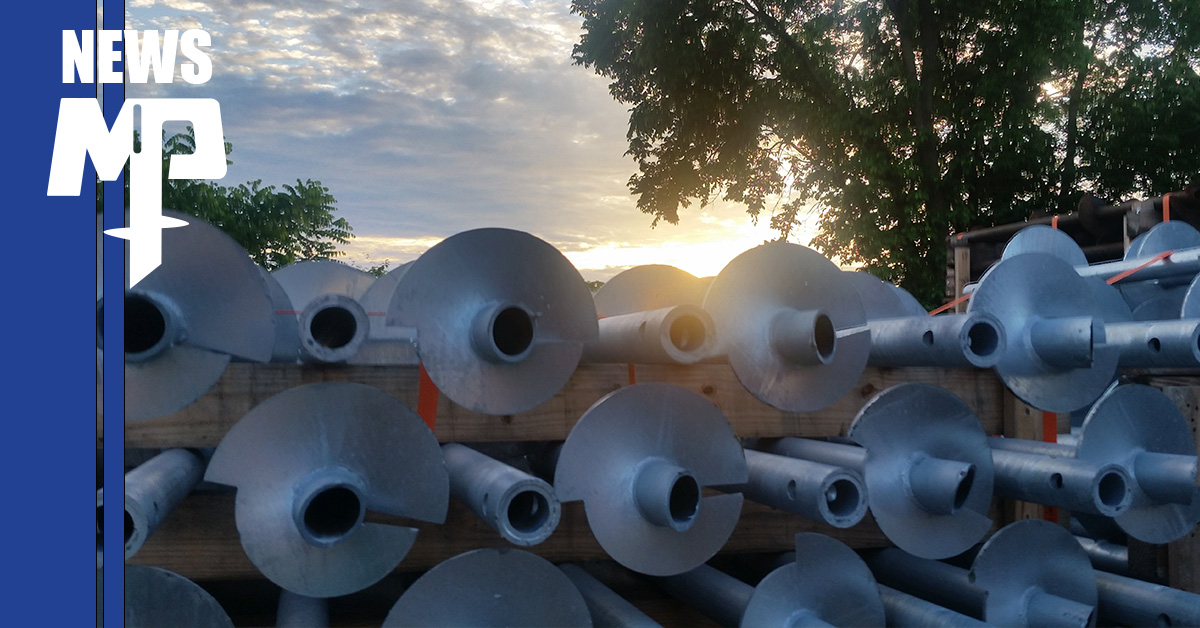
The Basics of Helical Piles
MAGNUM® Piering provides a wealth of information for industry professionals. Our helical pile products and resources are largely geared toward design professionals and engineers. Part of the reason why we have such a large collection of resources is because we take foundation repair seriously. We want everyone to be educated on foundation repair, not just industry professionals.
Many of our blog posts oscillate between professionals and nonprofessionals. In this ongoing blog series, we will be providing information that will be useful for the professionals to meaningfully engage with the nonprofessional. So what are the basics of Helical Piles? We will begin here with one of our most important foundation products.
The Foundations Of Helical Piles
It can be difficult to explain the basics of helical piles to someone who has never encountered the world before. So, what, exactly, are helical piles?
The first thing to note here is homes are built on a foundation. The nature of foundations can vary, of course. But one thing that is inevitable is some degree of foundation settling. This is basically the structure sinking further into the ground than it should be. When this happens, helical piles (as well as other helical products) can be an ideal option to prevent the foundation from settling any further.
You might also hear the phrases “helical piles” and “screw piles” being used interchangeably with “helical piers.” In general, these terms will apply to the same helical products. As far the specifications of helical piers, let’s turn to that now.
Helical Piles: The Specs
Helical piles are long shafts, typically made from steel, that have round helix-shaped plates that provide support. They are rotated into the foundation, with the helix plates generating axial thrust, propelling the shaft further into the ground. Like a screw going into your wall, the helical piles are propelled into the ground below a particular structure.
After the helical piles are driven into the ground, a bracket is typically attached to the piles and the foundation wall. This all acts to further stabilize the foundation and prevent further settling. Helical piers are more standard for homes and other structures that don’t have as heavy loads. In any case, helical piles have gained popularity over the years and have become one of the helical products of choice by engineers, especially for residential projects. Helical piers offer a variety of benefits, including lower noise, minimal ground vibration, and a lack of drill spoils.
MAGNUM® Piering and Helical Piles
Now that we have gone back to the basics with helical piles, you are in a better position to explore many of the other helical products. The helical piles from MAGNUM® Piering are capable of handling capacities of 250 tons and higher. Our products are made from the highest-quality materials, and with high production rates, you never have to worry about our products being late to your installation site. Our helical piles also make it so that they can be installed in conditions with low headroom.
As a company that’s been involved in foundation repair for nearly four decades, you can trust that MAGNUM® Piering offers products and services that are unparalleled in the industry. We take seriously helical products and all things foundation repair.
We hope that his has provided a refresher (or an introduction!) to the foundations of helical piles. Don’t forget to check out our collection of literature and resources to learn more. And, as always, feel free to contact Magnum Piering for more information.
